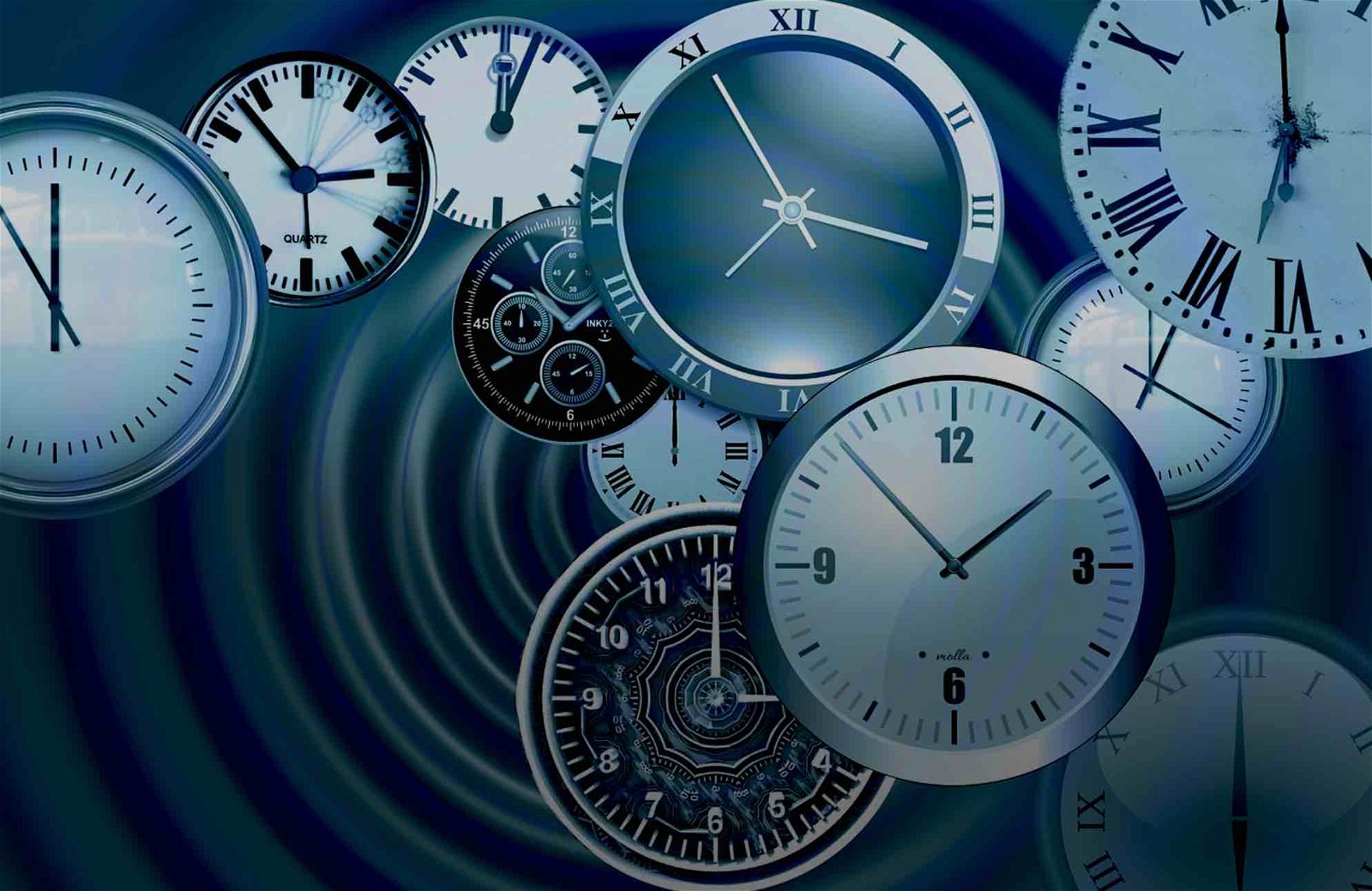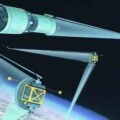Scientists trying to take advantage of the unusual properties of the quantum realm say they have successfully simulated a method of backward time travel that allowed them to change an event after the fact one out of four times. The Cambridge University team is quick to caution that they have not built a time machine, per se, but also note how their process doesn’t violate physics while changing past events after they have happened.
“Imagine that you want to send a gift to someone: you need to send it on day one to make sure it arrives on day three,” explained lead author David Arvidsson-Shukur from the Cambridge Hitachi Laboratory. “However, you only receive that person’s wish list on day two.”
To respect the gift recipient’s timeline, you would need to send it on day one. But, as Arvidsson-Shukur notes, you won’t know what gift to send until later, meaning your gift will either be late or be wrong.
“Now imagine you can change what you send on day one with the information from the wish list received on day two,” he adds. It is exactly this phenomenon that the researchers say can happen in the right scenario.
“Our simulation uses quantum entanglement manipulation to show how you could retroactively change your previous actions to ensure the final outcome is the one you want.”
Using Quantum Entanglement to Change Your Gift to the Right One After it was Sent
Quantum entanglement is a process where certain fundamental aspects of quantum particles are shared by two or more particles, and changing those properties in any single particle causes the same change in the others. In their simulations, which were published in the journal Physical Review Letters, the Cambridge research team simulated the entanglement of two particles. One of the particles is then sent off to be used in an experiment.
After the experiment’s completion, they gained new information, which would have caused them to act differently. In this situation, “the experimentalist manipulates the second particle to effectively alter the first particle’s past state, changing the outcome of the experiment.” explained the study’s co-author Nicole Yunger Halpern, a researcher at the National Institute of Standards and Technology (NIST) and the University of Maryland.
In effect, by changing the remaining particle, the researchers changed the past. At least in their simulations. It’s an effect the researchers described as “remarkable.” However, they say there is a catch. The experiment only changes the past with the new information about 25% of the time.
“In other words, the simulation has a 75% chance of failure,” says Arvidsson-Shukur. “If we stay with our gift analogy, one out of four times, the gift will be the desired one (for example, a pair of trousers), another time it will be a pair of trousers but in the wrong size, or the wrong colour, or it will be a jacket.”
Fortunately, in their simulations, they at least know when they have failed, which can still allow the researcher to rework the system to effectively achieve backward time travel and get the result that they wanted. To achieve this seemingly impossible goal, they propose using a filter that will allow their theoretical experimenter to send a number of solutions and then simply filter out the 75% that they didn’t want.
“Let’s say sending gifts is inexpensive, and we can send numerous parcels on day one,” said co-author Aidan McConnell, Ph.D., who carried out this research during his master’s degree at the Cavendish Laboratory in Cambridge. “On day two, we know which gift we should have sent. By the time the parcels arrive on day three, one out of every four gifts will be correct, and we select these by telling the recipient which deliveries to throw away.”
Not a Time Machine, But a Backward Time Travel System?
The researchers made sure to point out that these are just simulations, albeit successful ones programmed in the known behaviors of entangled particles. So even though it effectively proved a way to change the results of an experiment in the past, 25% of the time at least, its ability to achieve a form of backward time travel still shouldn’t necessarily be compared to a certain Flux Capacitor-equipped DeLorean built by a certain Doc Emmet Brown.
“We are not proposing a time travel machine, but rather a deep dive into the fundamentals of quantum mechanics,” said Arvidsson-Shukur. “These simulations do not allow you to go back and alter your past, but they do allow you to create a better tomorrow by fixing yesterday’s problems today.”
The researcher also notes that the failure rate of their backward time travel system is somewhat reassuring, especially for physicists who depend on Einstein’s theories of relativity and all of the science built upon those theories.
“That we need to use a filter to make our experiment work is actually pretty reassuring,” he said. “The world would be very strange if our time-travel simulation worked every time. Relativity and all the theories that we are building our understanding of our universe on would be out of the window.”
Christopher Plain is a Science Fiction and Fantasy novelist and Head Science Writer at The Debrief. Follow and connect with him on X, learn about his books at plainfiction.com, or email him directly at christopher@thedebrief.org.

